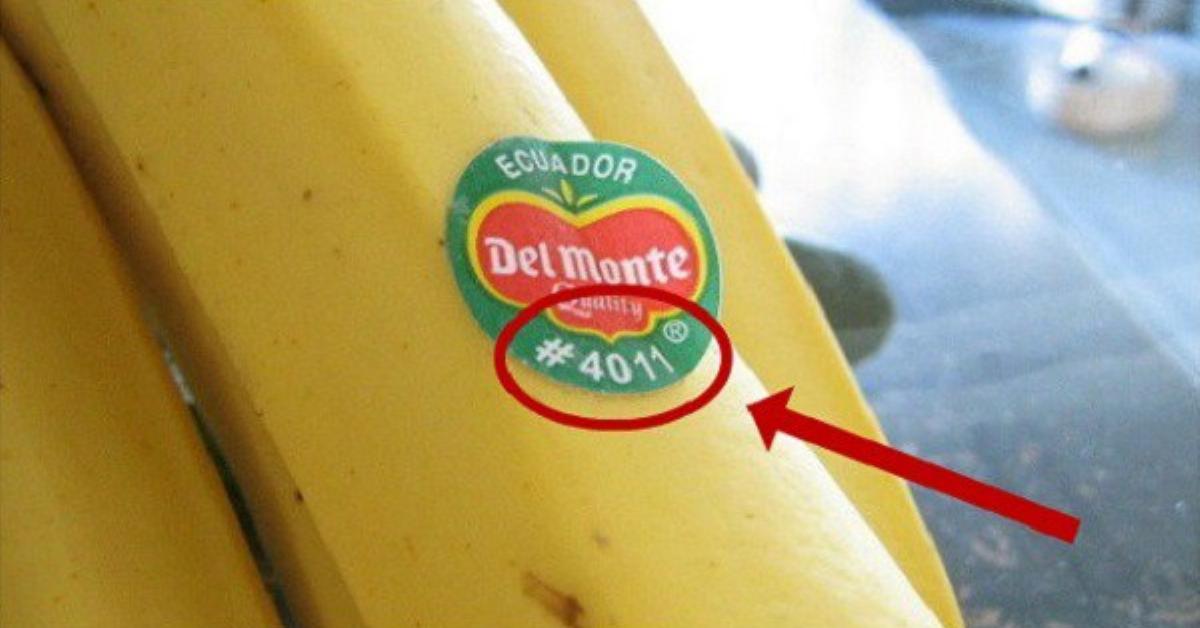We’ve all seen them, those pesky little stickers that you find all over the fruit at the supermarket. Kids seem to have fun with them, but have you ever asked yourself why they’re really there?
Most consumers don’t realize that they actually contain very important information, such as whether or not the fruit is organic or has been produced using genetic modification.
Hoe zijn je groenten en fruit geteelt? De cijfercode op de sticker vertelt het je! #plucode https://t.co/R7aIr421Xv #MAXVandaag pic.twitter.com/U5V9wQWyKu
— MAX Vandaag (@MAXVandaag) 21. September 2016
Are the stickers poisonous?
The first question you might ask yourself is whether or not the stickers themselves are dangerous to our health. After all, they could contain harmful chemicals that are absorbed into the fruit. The good news is: there’s no need to worry. These stickers are all “food-safe” and don’t pose any health risks — they’re made from natural materials and held on by a harmless, biodegradable adhesive.
What do the codes on the stickers mean?
PLU codes (Price Look-Up codes) reveal the origin and type of product and can be used to identify various fruits and vegetables. This information is provided in the form of a number with between four and eight digits and is assigned by the International Federation for Produce Standards (IFPS). These numbers help to distinguish various types of fruits and vegetables from one another according to their price, which varies according to quality and other factors. But the PLU can also tell us much more, like how the fruit or vegetable was grown, for example.
- The code has four digits and begins with a 3 or 4
This means that the fruit (or vegetable) was produced using artificial fertilizer.

